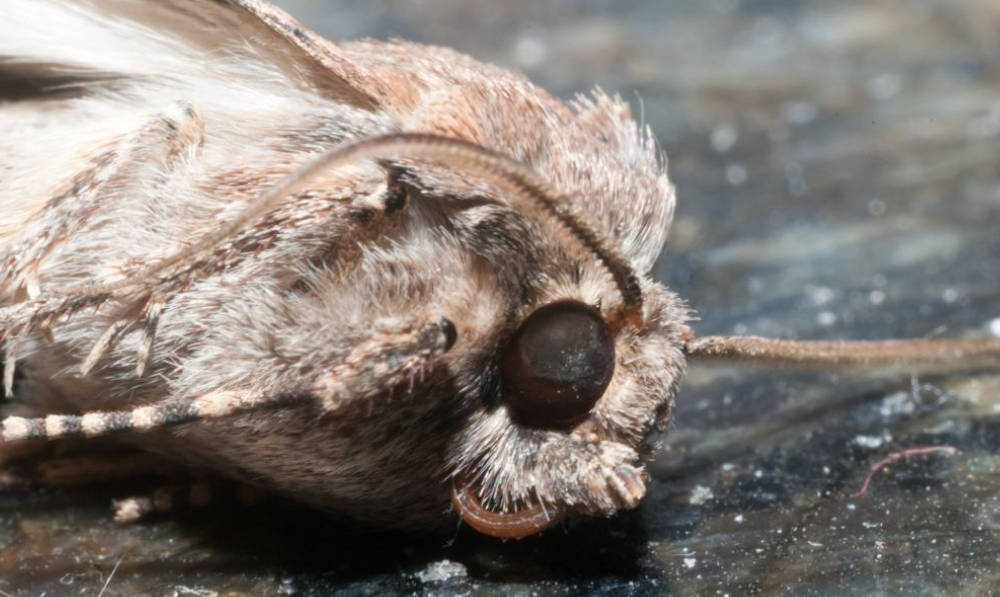KEY TAKEAWAYS:
Identify the Problem: Recognize pantry moths by their reddish-brown wings and small larvae in food packages.
Discard Infested Food: Immediately dispose of any food items showing signs of infestation to prevent further spread.
Clean and Vacuum: Thoroughly clean pantry shelves and use a vacuum to remove crumbs and eggs from corners and crevices.
Use Natural Repellents: Employ herbs like bay leaves and cedarwood to deter moths from returning to your pantry.
Implement Preventive Measures: Store food in airtight containers, regularly inspect items, and maintain a clean kitchen to prevent future infestations.
Discovering pantry moths invading your kitchen can be an unwelcome surprise.
They can quickly become a nuisance, infesting your food supplies and causing frustration. However, with a few proactive measures and a systematic approach, you can effectively eliminate pantry moths and prevent future infestations.
Here’s how to get rid of pantry moths for good.
1. Identify the Problem
Before you start tackling the infestation, it’s crucial to confirm that you are indeed dealing with pantry moths.
Pantry moths, also known as Indian meal moths, are small, narrow-winged insects with distinctive reddish-brown markings on their wings. They often fly in a zigzag pattern when disturbed.
You may notice small, whitish larvae in your food packages, which are a clear sign of an infestation.
2. Locate Infested Items
Inspect your pantry thoroughly to identify any infested food items. Look for moths, larvae, or webbing in and around food packages, especially those made of cardboard, paper, or thin plastic.
Commonly infested foods include grains, flour, cereal, pasta, dried fruits, nuts, and spices.
3. Discard Infested Food
Dispose of any food items that show signs of infestation immediately. Seal them tightly in a plastic bag and throw them in an outdoor trash bin to prevent the moths from spreading further.
Remember to check items stored in other areas of your kitchen, such as cabinets and drawers, as moths can easily move from one location to another.
4. Clean and Vacuum
Thoroughly clean your pantry shelves, cabinets, and drawers to remove any crumbs, spilled food, or moth eggs that may attract or sustain the infestation.
Use a vacuum cleaner with a hose attachment to reach into corners and crevices where moths and larvae might be hiding. Dispose of the vacuum bag or empty the canister outside immediately after use.
5. Wash Containers
Wash all food storage containers, jars, and canisters with hot, soapy water to remove any potential eggs or larvae. Pay close attention to container seals and lids, as moths can lay eggs in the smallest cracks and crevices.
Rinse thoroughly and allow the containers to dry completely before refilling them with food.
6. Use Natural Repellents
Consider using natural moth repellents to deter future infestations. Herbs such as bay leaves, lavender, mint, and cloves are known to repel pantry moths. Place these herbs in sachets or simply scatter them on pantry shelves to keep moths at bay.
Cedarwood blocks or chips can help repel moths and protect your stored food.
7. Implement Preventive Measures
To prevent pantry moths from returning, take proactive measures to maintain a clean and moth-free environment in your kitchen:
Store food in airtight containers made of glass, metal, or thick plastic to prevent moths from accessing your food.
Regularly inspect food items for signs of infestation before bringing them into your pantry.
Rotate your pantry stock, using older items before newer ones, to reduce the likelihood of infestations.
Keep your kitchen clean and free of spills, crumbs, and food debris that may attract moths and other pests.
Consider installing pheromone traps designed specifically for pantry moths to monitor and capture any adult moths in your kitchen.
8. Monitor and Maintain
After taking these steps, continue to monitor your pantry regularly for any signs of moth activity. Stay vigilant, especially when introducing new food items into your pantry.
By maintaining cleanliness and implementing preventive measures, you can effectively keep pantry moths at bay and protect your stored food from infestation.

